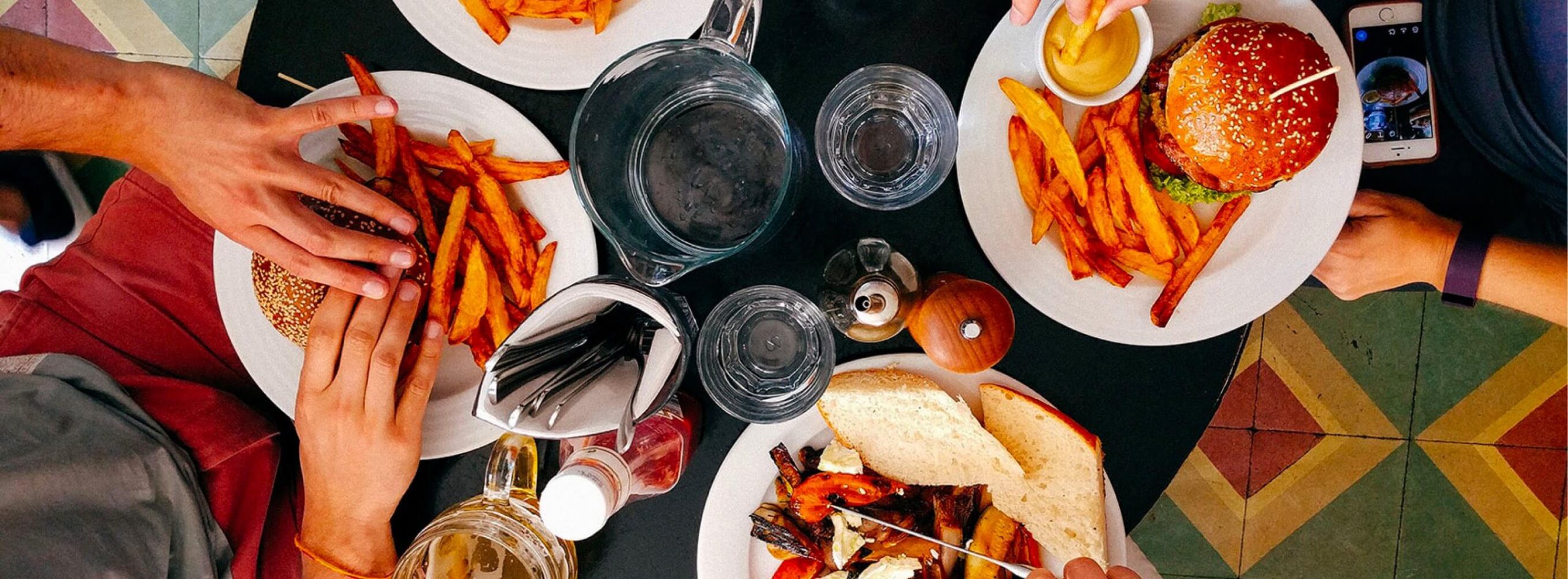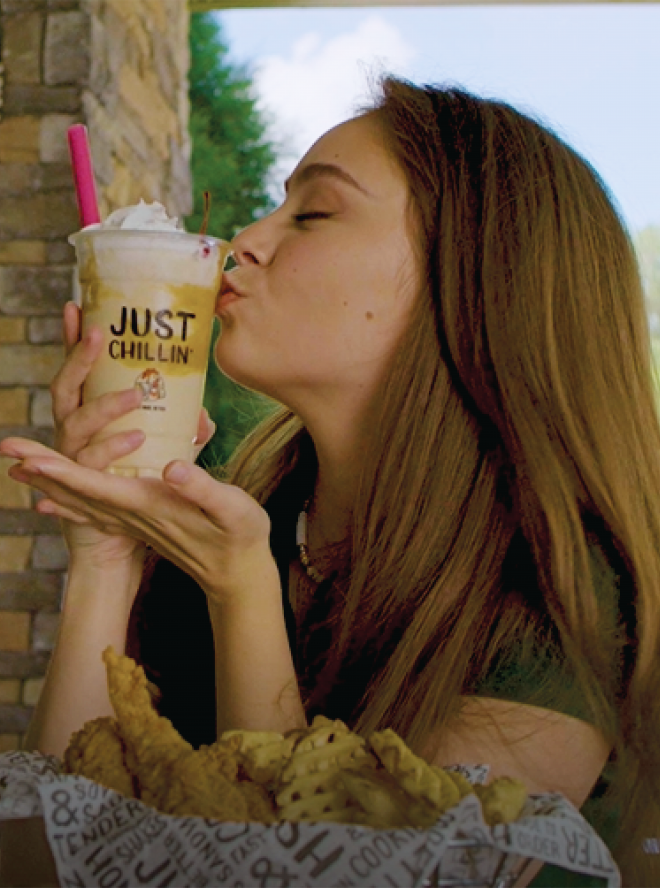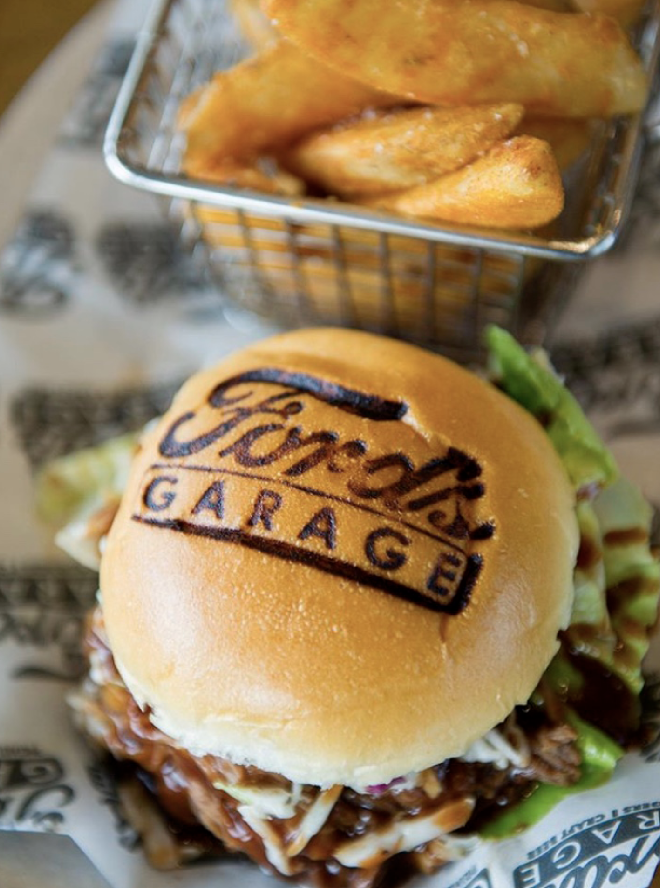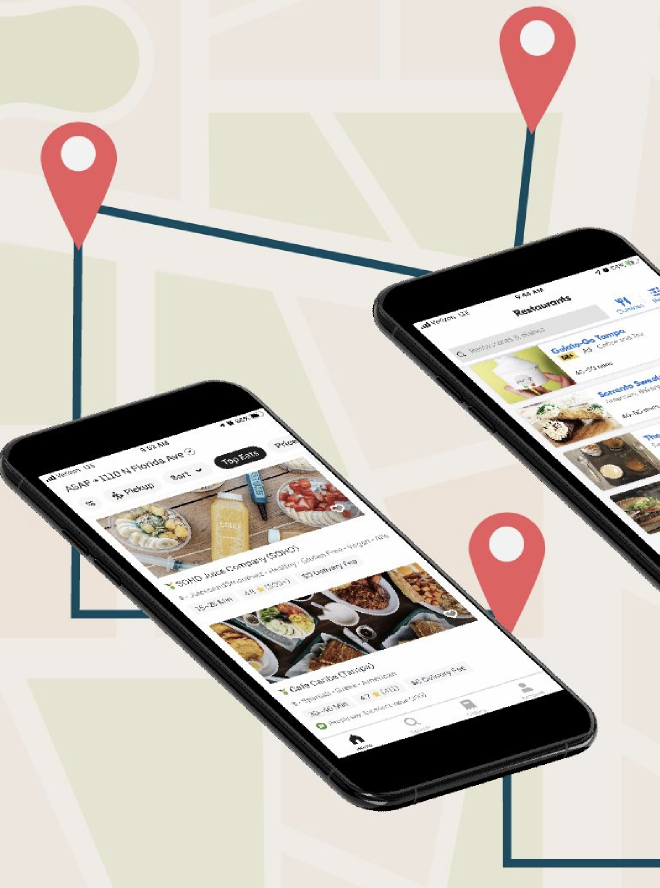Despite best efforts, it’s difficult to find the time to make New Year’s resolutions — and even harder to make them stick.
Every year we set out filled with the promise of fulfilling our personal resolutions, but why only apply them to the personal world? You should reprioritize those ideologies and allocate those principles to your professional life, where you live and die with quantitative measurables. The best way for your brand to reach your 2019 goals is going to be with a little collaboration.
Taking all of these new trends into account, the big buzzword that will drive you crazy this year is “agile marketing”. So, what does that really mean?
 Agile marketing is exactly what it sounds
Agile marketing is exactly what it sounds
like. It’s assembling a team that can
adapt and change with marketing trends.
The need to be nimble is driving the
tactics in how marketers interact with
agencies. Many companies are looking to
agencies to provide skill sets not core to
their team (44% cited expertise as a top reason for engaging an agency), as well as the chance to expedite their scalability as new opportunities without the limitations of being locked with fixed assets, or overhead that may be antiquated. (In the same survey, 42% also cited flexibility and 42% cited ability to fill short-term gaps.)
When clients and agencies work synergistically it allows them to create a rapport that extends into all the work. It brings in a highly talented team that increases productivity across the board. A good partnership will allow an agency to take pride in their deliverables while maintaining flexibility in the collaboration process. It can improve the effectiveness of your organization’s entire marketing department.

 Agile marketing is exactly what it sounds
Agile marketing is exactly what it sounds

